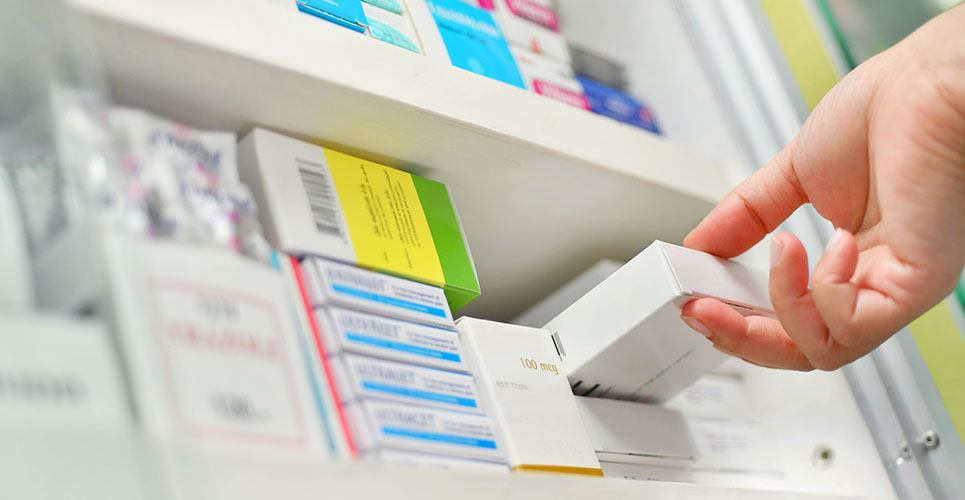The European anti-counterfeiting measures will come into force in February. Lea Legraien gives pharmacists all the information they need to make sure they’re ready.
The Falsified Medicines Directive (FMD) will come into force on 9 February 2019 in the UK, as mandated by the European Commission (EC), to tackle counterfeit medicines and improve patient safety.
In simple terms, the FMD is a series of anti-counterfeiting measures that will see pharmacists scan packs of medication before they are dispensed to verify their authenticity.
With less than a year before UK pharmacies must comply with the scheme, The Pharmacist has outlined the main points pharmacists should know about FMD.
What is the history of FMD?
On 1 July 2011, the EC published the Falsified Medicines Directive (Directive 2011/62/EU), which introduced tougher rules to prevent falsified medicines from entering the legal supply chain.
It was supplemented by the Delegated Regulation (2016/161 DR), which outlined details of safety features and how medicines authenticity should be verified and by whom.
It is this Regulation that will come into force, as of 9 February 2019, to 32 countries, including the 28 current EU member states and the four members of the European Free Trade Association (EFTA) – Iceland, Norway, Liechtenstein and Switzerland.
Is FMD necessary?
In short, yes.
In 2011, EU customs seized 27.4 million doses of falsified medicines at EU borders, according to the UK medicines verification organisation SecurMed UK.
More recently, medicines watchdog the Medicines and Healthcare products Regulatory Agency (MHRA) seized 6.2 million of medicine doses and medical devices worth £15.8m in 2015.

The problem is so widespread that the World Health Organisation (WHO) estimated that 1% of sales in developed countries are counterfeit. With around 2 billion items dispensed every year in the UK, this represents 200,000 drug packs.
How will FMD work?
Most medicines will bear a unique identifier encoded with a two-dimensional barcode – allowing the identification and authentication of individual packs – and an anti-tamper device (ATD) to verify whether products have been tampered with.
Pharmacies will check the status of each product during the dispensing process through a national medicines verification system (NMVS), which will determines if the product has been recalled, withdrawn, stolen or tampered with. They will do this by scanning each pack of medicine before they give it to the patient.
Once checked, pharmacists will decommission the product, the status of which will change from ‘active’ to ‘inactive – dispensed’, before handing it to the patient. This process will prevent products from being authenticated by any other dispensing entity.
Who will establish and manage the verification system in the UK?
SecurMed, a not-for-profit legal entity, was established as the UK’s medicines verification organisation. It will be supervised by the Department of Health and Social Care (DHSC) and MHRA.
How much will I have to pay for FMD?
Sorry, we can’t help you there as this point still remains unclear
So far, we know that pharmacies will be required to pay for any ‘physical scanning equipment’ and software to read the unique identifiers, as current scanners used for one-dimensional barcodes won’t read the new barcodes.
What should I do next?
Until further guidance is issued, there’s not much contractors can do to be ready for FMD.
The MHRA and DHSC are still working with the national stakeholders from the medicines supply chain on implementation.
The MHRA recently told the Pharmacist that a public consultation, which includes an impact assessment looking at the various costs associated with the implementation of FMD in the UK, will be published ‘in the coming weeks’.
